Home>Home Maintenance>How To Improve Garden Drainage
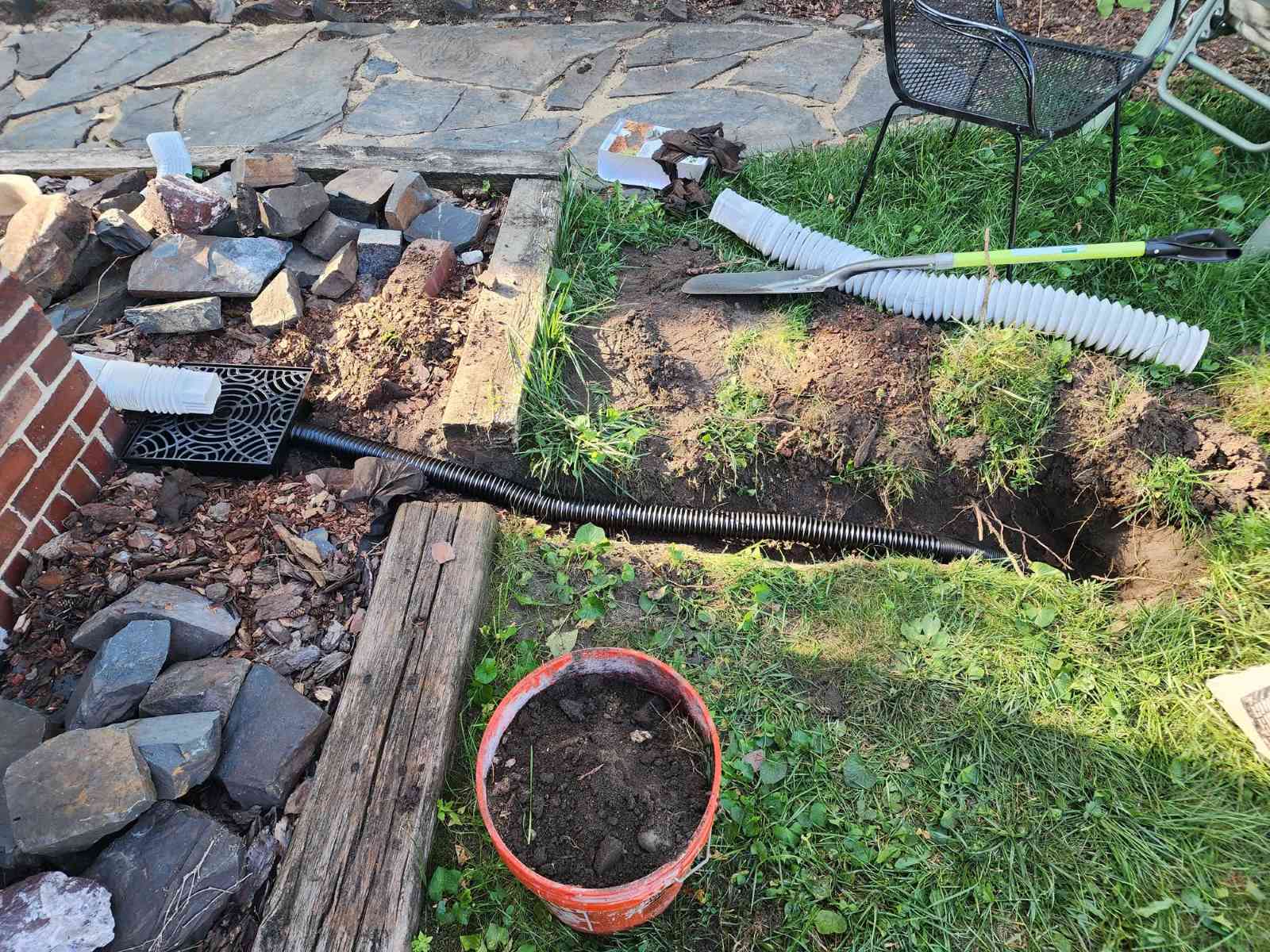

Home Maintenance
How To Improve Garden Drainage
Modified: March 7, 2024
Learn effective methods for improving garden drainage and preventing waterlogging with our expert home maintenance tips and techniques.
(Many of the links in this article redirect to a specific reviewed product. Your purchase of these products through affiliate links helps to generate commission for Storables.com, at no extra cost. Learn more)
Introduction
Gardening is a beautiful and fulfilling hobby, but it can be frustrating when you encounter drainage issues in your garden. Poor garden drainage can lead to waterlogged soil, root rot, and the decline of your beloved plants. However, with the right knowledge and techniques, you can help improve your garden’s drainage and create a healthier environment for your plants to thrive.
In this article, we will explore the common issues related to garden drainage and provide practical tips on how to assess and address these problems. Whether you have heavy clay soil or inadequate slope for water runoff, we’ve got you covered. So let’s dive in and learn how to help your garden drain effectively!
Key Takeaways:
- Don’t let soggy soil ruin your garden! Improve drainage by adding organic matter, creating raised beds, and installing French drains to keep your plants healthy and thriving.
- Keep your garden happy and healthy by managing water runoff, maintaining drainage systems, and addressing issues promptly. With the right care, your garden will flourish all year round!
Understanding Garden Drainage Issues
Before we can effectively address garden drainage problems, it’s important to understand the underlying issues that can contribute to them. Here are some common drainage issues you may encounter in your garden:
- Compacted Soil: Soil that is compacted or densely packed restricts water movement, leading to poor drainage. This can happen over time due to heavy foot traffic, machinery, or natural soil compaction.
- Clay Soil: Clay soil has small particles that pack tightly together, making it difficult for water to penetrate and drain. As a result, water sits on the surface, causing soggy conditions that are detrimental to plant roots.
- Poor Slope: If your garden has a flat or low slope, water may accumulate and pool in certain areas. This can be exacerbated during heavy rainfall, leading to waterlogged soil and plant stress.
- Inadequate Drainage System: Some gardens lack proper drainage systems, such as gutters, downspouts, or gravel trenches. Without these systems in place, water can accumulate and create standing water issues.
- Overwatering: While it may seem counterintuitive, overwatering can also contribute to poor garden drainage. Excessive watering saturates the soil, leaving no room for air pockets and hindering water movement.
- Debris and Clogs: Clogged gutters, downspouts, and drainage pipes can prevent water from properly flowing away from your garden. Leaves, dirt, and other debris can accumulate over time and cause water to back up.
By understanding these common issues, you can take the appropriate steps to improve garden drainage and create a healthier environment for your plants. In the next section, we will guide you through the process of assessing your garden’s drainage needs and determining the best solutions.
Assessing Your Garden’s Drainage Needs
Before you can effectively address garden drainage issues, it is crucial to assess your garden’s specific needs. Here are some steps to help you evaluate your garden’s drainage:
- Observe Water Accumulation: After a rain shower or watering, take a walk around your garden and observe where water accumulates. Look for areas where puddles form or where the soil remains wet for an extended period. These are indications of poor drainage.
- Test Soil Permeability: Perform a simple soil permeability test by digging a small hole in different areas of your garden. Fill the hole with water and observe how quickly it drains. If the water drains slowly or remains stagnant for hours, it is a sign of poor drainage.
- Inspect Plant Health: Pay attention to the health of your plants. If you notice signs of wilting, yellowing leaves, or root rot, it may be due to excess moisture caused by poor drainage. Healthy plants thrive in well-drained soil.
- Check Soil Composition: Determine the type of soil you have in your garden. Clay soil tends to retain water, while sandy soil drains quickly. Loamy soil is considered ideal as it retains moisture without becoming waterlogged.
- Consider Slope and Landscape: Evaluate the slope and overall landscape of your garden. Is it flat or does it have a natural slope? Flat areas are more prone to water pooling, while sloped areas may require additional measures to prevent erosion.
By conducting a thorough assessment of your garden’s drainage needs, you will have a better understanding of the specific challenges you need to address. In the next sections, we will discuss various techniques to improve soil drainage, install drainage systems, manage water runoff, and maintain garden drainage.
Improving Soil Drainage
One of the key factors affecting garden drainage is the quality of your soil. Improving soil drainage will help prevent waterlogging and create a healthier growing environment for your plants. Here are some techniques to enhance soil drainage:
- Amend with Organic Matter: Incorporating organic matter such as compost, well-rotted manure, or peat moss into the soil improves its structure and drainage ability. These amendments help break up compacted soil and promote better water infiltration and drainage.
- Add Grit or Sand: Mixing grit, sand, or perlite into the soil can improve drainage by increasing the airspace between soil particles. However, be cautious with clay soil, as adding too much sand can create a concrete-like substance.
- Create Raised Beds: Raised beds can offer better drainage compared to in-ground gardens, especially if your existing soil has poor drainage. By constructing raised beds with well-draining soil, you provide optimal drainage conditions for your plants.
- Install French Drains: French drains are underground channels filled with gravel and perforated pipes that help redirect excess water away from your garden. They can be a great solution for areas with persistent drainage issues.
- Implement Contouring: Modifying the landscape of your garden can also improve drainage. Creating gentle slopes and contouring the soil’s surface will help direct water away from vulnerable areas. Be mindful of erosion control when making any modifications.
- Avoid Overwatering: Proper watering practices are essential for maintaining good soil drainage. Water your plants deeply but infrequently to encourage deep root growth. This allows the soil to dry out between watering sessions, preventing water from accumulating.
Remember, every garden is unique, and the techniques you use to improve soil drainage may vary depending on your specific conditions. It’s important to monitor the impact of these changes and make adjustments as required. In the next section, we will explore the installation of drainage systems to further enhance your garden’s drainage capabilities.
To improve garden drainage, consider adding organic matter like compost or mulch to the soil. This can help to break up compacted soil and improve water infiltration.
Installing Drainage Systems
For gardens with persistent drainage issues, installing drainage systems can be an effective solution. These systems can help divert excess water away from your garden, preventing waterlogging and potential damage to your plants. Here are some common drainage systems to consider:
- Gutters and Downspouts: Installing gutters and downspouts on your roof can help collect rainwater and direct it away from your garden. Ensure that downspouts extend at least 3-4 feet away from the foundation of your house to prevent water seeping into the soil near your garden.
- Gravel Trenches: Gravel trenches act as underground channels that collect and carry away excess water. Dig a trench in areas prone to water accumulation, line it with landscape fabric, and fill it with gravel. This allows water to percolate into the ground and helps to prevent waterlogging.
- French Drains: As mentioned earlier, French drains are an effective solution for areas with persistent drainage problems. They consist of perforated pipes surrounded by gravel or crushed stone. The pipes collect water and redirect it away from your garden.
- Sump Pump: If you have a low-lying garden prone to flooding, a sump pump can help remove excess water. The pump collects water from a designated area and pumps it away from your garden, ensuring proper drainage.
- Permeable Paving: In areas where water runoff is a concern, consider using permeable paving materials such as gravel, permeable concrete, or porous asphalt. These materials allow water to infiltrate into the ground, reducing surface runoff and aiding in drainage.
- Rain Gardens: A rain garden is a landscaped area designed to collect and absorb rainwater from roofs, driveways, or other surfaces. By choosing plants that thrive in both wet and dry conditions, you can create a beautiful garden that also helps manage water drainage.
When installing drainage systems, it’s important to consider local regulations, proper installation techniques, and maintenance requirements. If unsure, consult with a professional to ensure the correct implementation of these systems. In the next section, we will discuss how to manage water runoff in your garden.
Managing Water Runoff
Water runoff can pose significant challenges to garden drainage, especially during heavy rainfall. Managing water runoff effectively can help prevent soil erosion, waterlogging, and damage to your garden. Here are some strategies to manage water runoff:
- Create Swales or Channels: Swales or channels are shallow ditches designed to redirect water away from your garden. These can be created along the contour of your landscape, allowing water to flow freely and preventing it from pooling in undesired areas.
- Plant Trees and Shrubs: Strategically planting trees and shrubs can help manage water runoff. Their root systems help absorb excess water and stabilize the soil, reducing erosion. Additionally, the canopies of larger trees intercept rainfall, preventing it from reaching the ground too quickly.
- Install Retaining Walls: Retaining walls are effective in preventing soil erosion and managing water runoff on sloped areas of your garden. They help to stabilize the soil and create terraces, allowing water to flow down gradually instead of causing excessive runoff.
- Use Mulch: Applying a layer of organic mulch around your plants helps regulate soil moisture and reduces surface runoff. Mulch also helps prevent erosion by protecting the soil from the impact of heavy raindrops, allowing water to permeate into the soil more efficiently.
- Create Rain Gardens: Rain gardens not only manage water runoff but also support biodiversity and habitat creation. By planting a variety of native plants in a depressional area, rainwater is absorbed and filtered, reducing the volume of runoff and promoting healthier garden drainage.
- Design Grading and Terracing: If you are starting a new garden or have the opportunity to modify your existing landscape, consider grading and terracing the land. This involves reshaping the ground to create gentle slopes and level areas, helping to impede water runoff and promote better drainage.
It’s important to assess your garden’s specific conditions and choose the appropriate strategies to manage water runoff effectively. By employing these techniques, you can minimize the impact of excess water and create a sustainable and healthy garden environment. In the next section, we will discuss how to maintain and troubleshoot garden drainage.
Maintaining and Troubleshooting Garden Drainage
Maintaining proper garden drainage is essential to prevent any issues from resurfacing and to ensure the health and vitality of your plants. Here are some maintenance tips to keep your garden drainage in check:
- Regularly Inspect Drainage Systems: Check your gutters, downspouts, and drainage pipes for any debris or clogs that may obstruct the flow of water. Clear out leaves, sticks, and other debris to ensure that water can freely move through the system.
- Monitor Soil Moisture: Keep an eye on the moisture levels of your soil. Avoid overwatering, as excessive moisture can lead to waterlogging. Use a moisture meter or simply stick your finger into the soil to determine if watering is necessary.
- Apply Mulch: Replenish mulch annually to maintain its effectiveness. Keep a layer of 2-3 inches around your plants, ensuring that it remains evenly spread and does not become compacted, which can hinder water infiltration.
- Address Drainage Issues Promptly: If you notice areas of standing water or soggy soil, take immediate action. Add amendments such as organic matter or sand to improve soil structure and drainage. Redirect water flow using swales or channels, or consult a professional if more extensive measures are required.
- Conduct Seasonal Inspections: Regularly assess your garden’s drainage during different seasons. Heavy rains, winter thaws, or melting snow can reveal new areas of concern. Make timely adjustments and modifications to ensure optimal drainage throughout the year.
Despite proper maintenance, issues with garden drainage may still arise. Here are some common troubleshooting techniques:
- Identify the Problem Area: Carefully observe your garden and identify the specific areas where drainage issues persist. This will help you determine the most appropriate solution.
- Consult a Professional: If you encounter persistent drainage problems or if you’re unsure about the best course of action, don’t hesitate to reach out to a professional landscaper or drainage specialist. They can provide expert advice and offer solutions tailored to your garden’s needs.
- Consider Drainage Remedies: Depending on the problem, you may need to implement additional drainage remedies such as installing a French drain, creating swales, or altering the landscape to redirect water flow. These solutions can help mitigate drainage issues effectively.
- Reassess and Adjust: Regularly review the effectiveness of implemented solutions and make any necessary adjustments. It may require some trial and error to find the most suitable approach for your specific garden and drainage needs.
By following these maintenance tips and troubleshooting techniques, you’ll be able to maintain an efficient garden drainage system and ensure the long-term success of your plants. In the next section, we’ll wrap up our discussion on improving garden drainage.
Conclusion
Garden drainage plays a vital role in maintaining healthy plants and preventing water-related issues in your outdoor space. By understanding the common drainage problems, assessing your garden’s specific needs, and implementing appropriate solutions, you can create an environment that promotes optimal drainage and plant growth.
Improving soil drainage through amendments and raised beds, installing drainage systems like gutters, French drains, and gravel trenches, managing water runoff with swales and rain gardens, and conducting regular maintenance are all key steps in ensuring effective garden drainage.
Remember to monitor the moisture levels of your soil, address drainage issues promptly, and call upon professional assistance when needed. By maintaining and troubleshooting your garden’s drainage, you can sustain a vibrant and thriving garden all year round.
So take the time to assess your garden, make the necessary adjustments, and embrace the joy of a well-drained garden that nurtures healthy plants and provides a beautiful space for you to enjoy.
Frequently Asked Questions about How To Improve Garden Drainage
Was this page helpful?
At Storables.com, we guarantee accurate and reliable information. Our content, validated by Expert Board Contributors, is crafted following stringent Editorial Policies. We're committed to providing you with well-researched, expert-backed insights for all your informational needs.
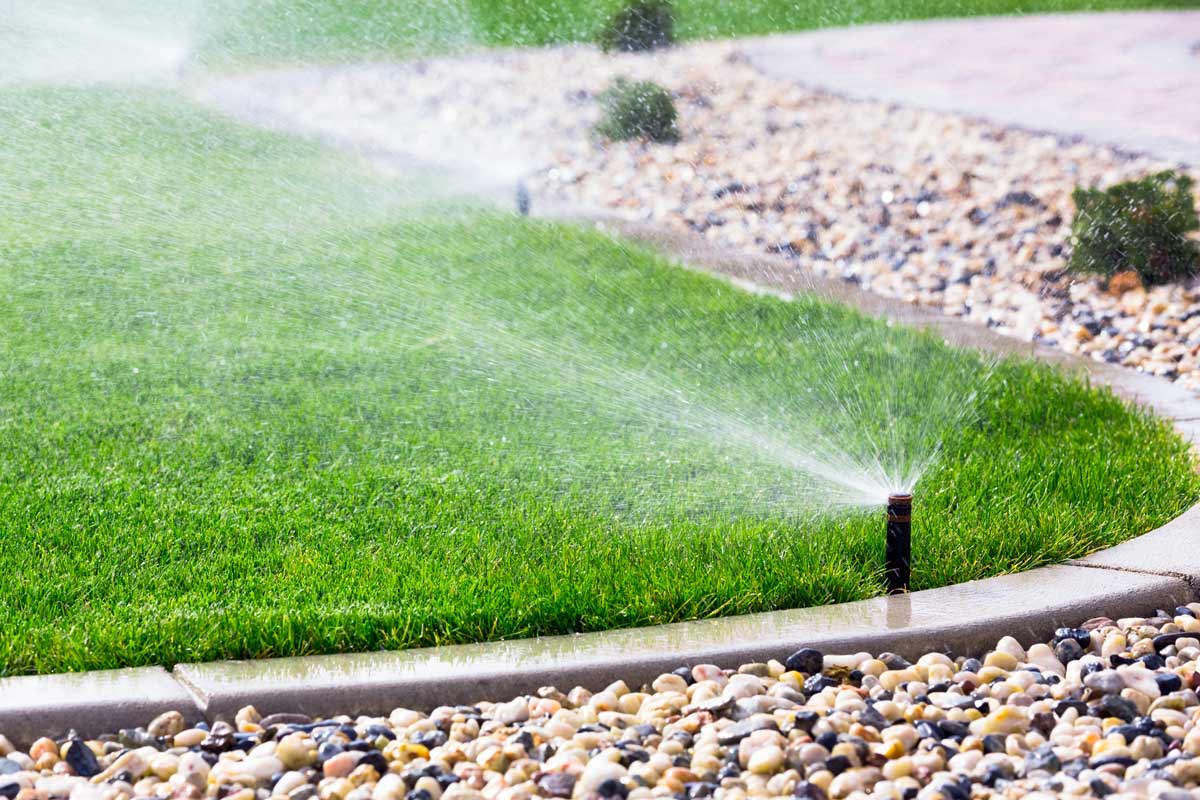
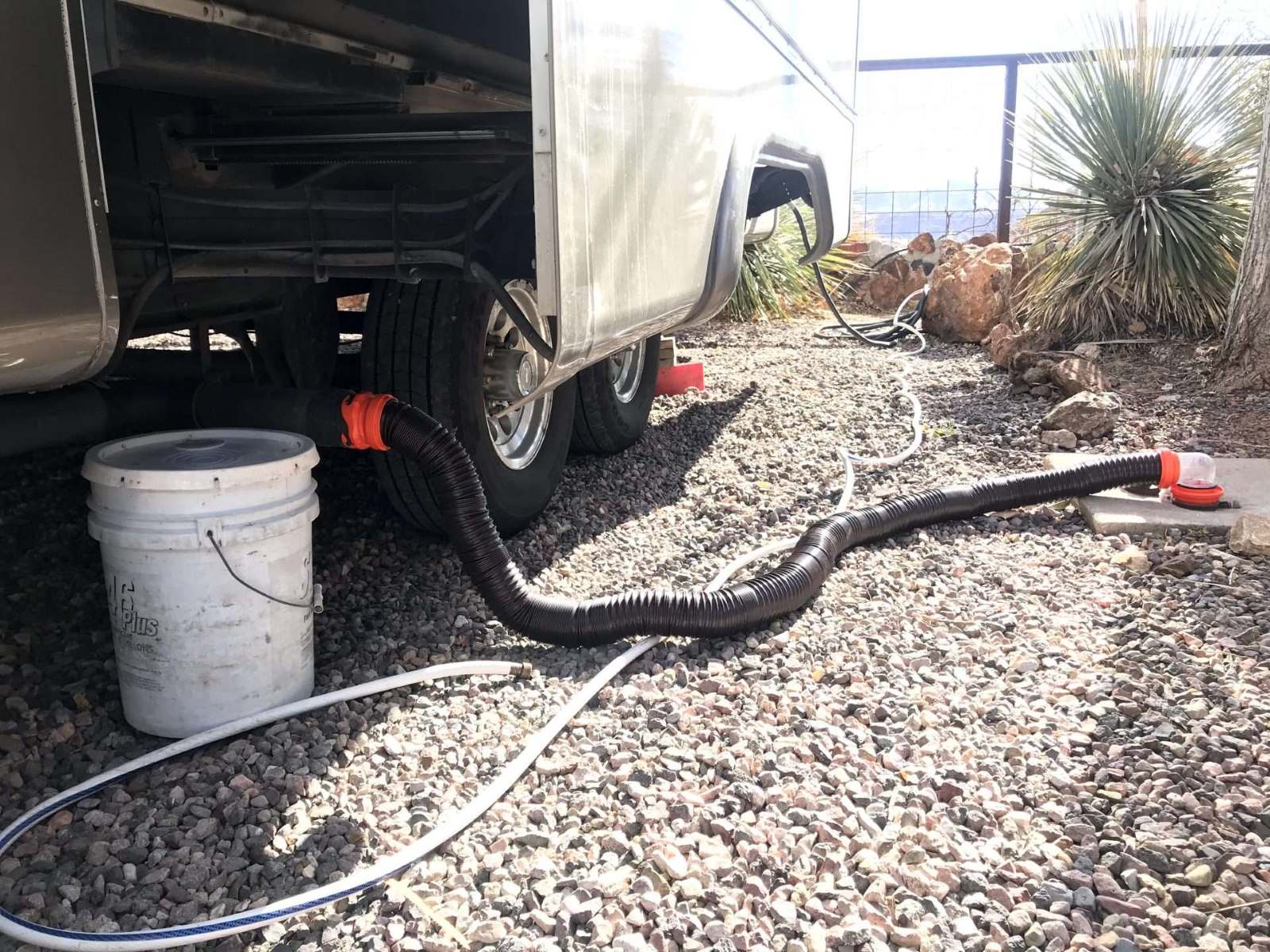
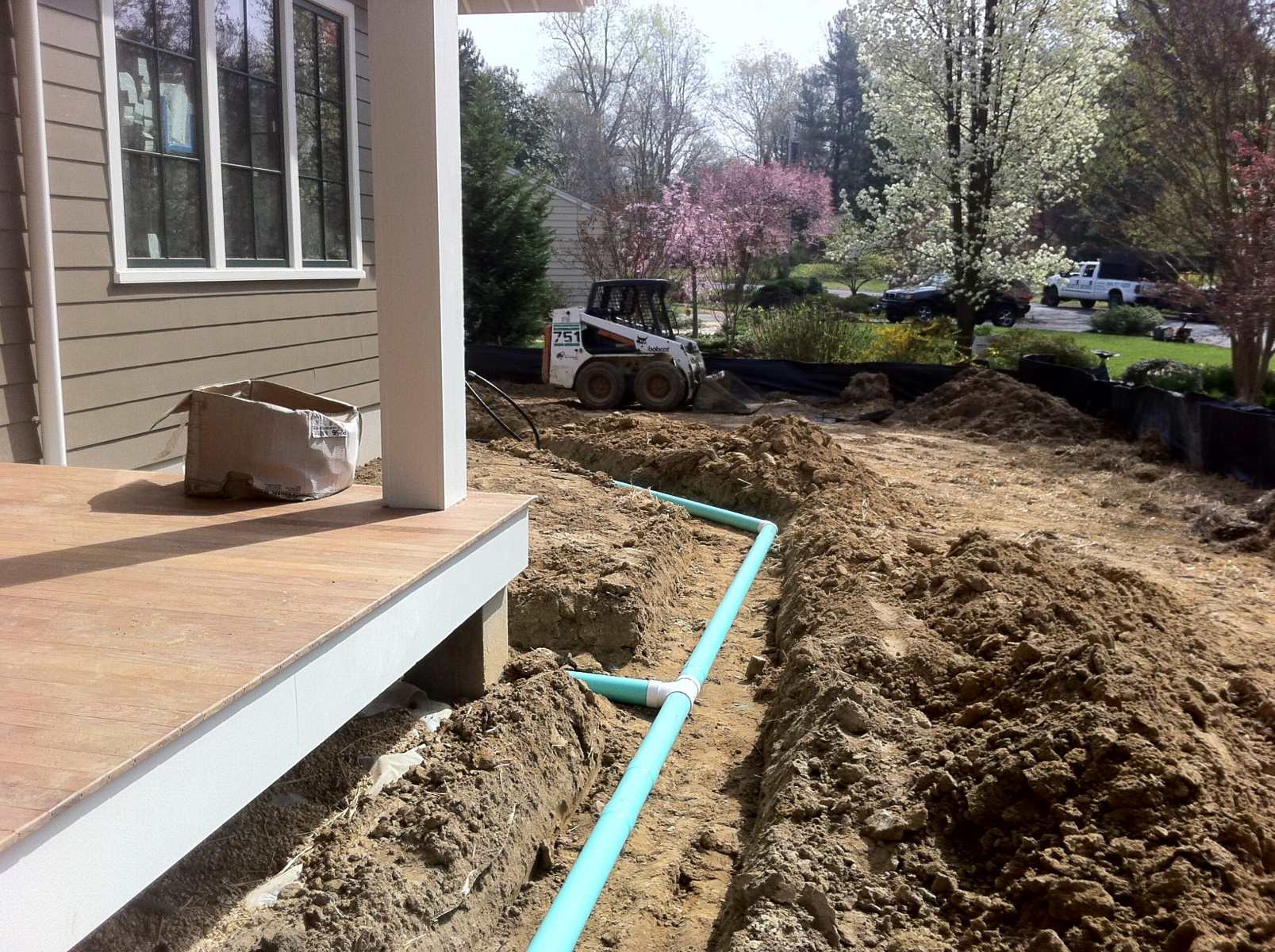
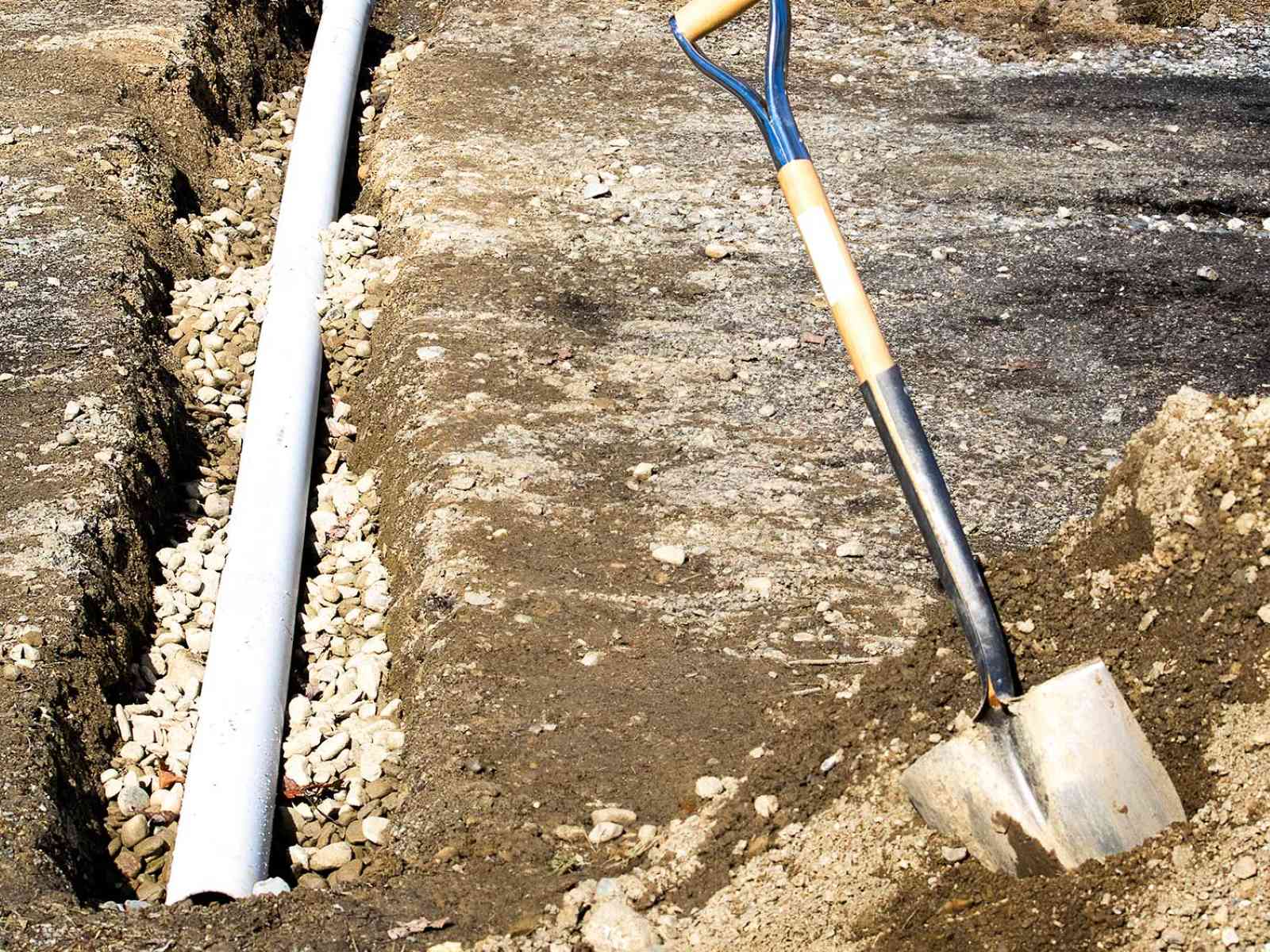

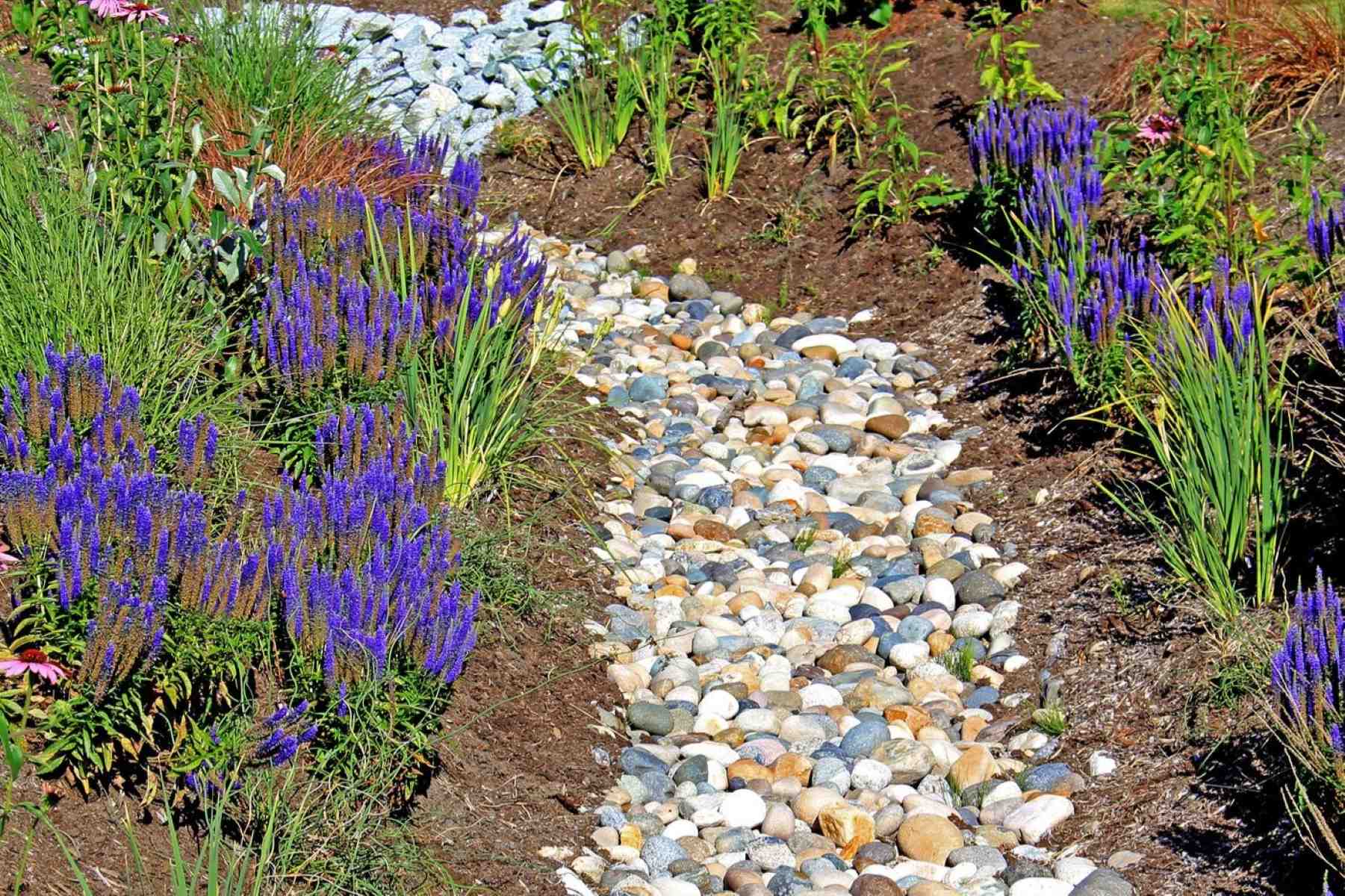
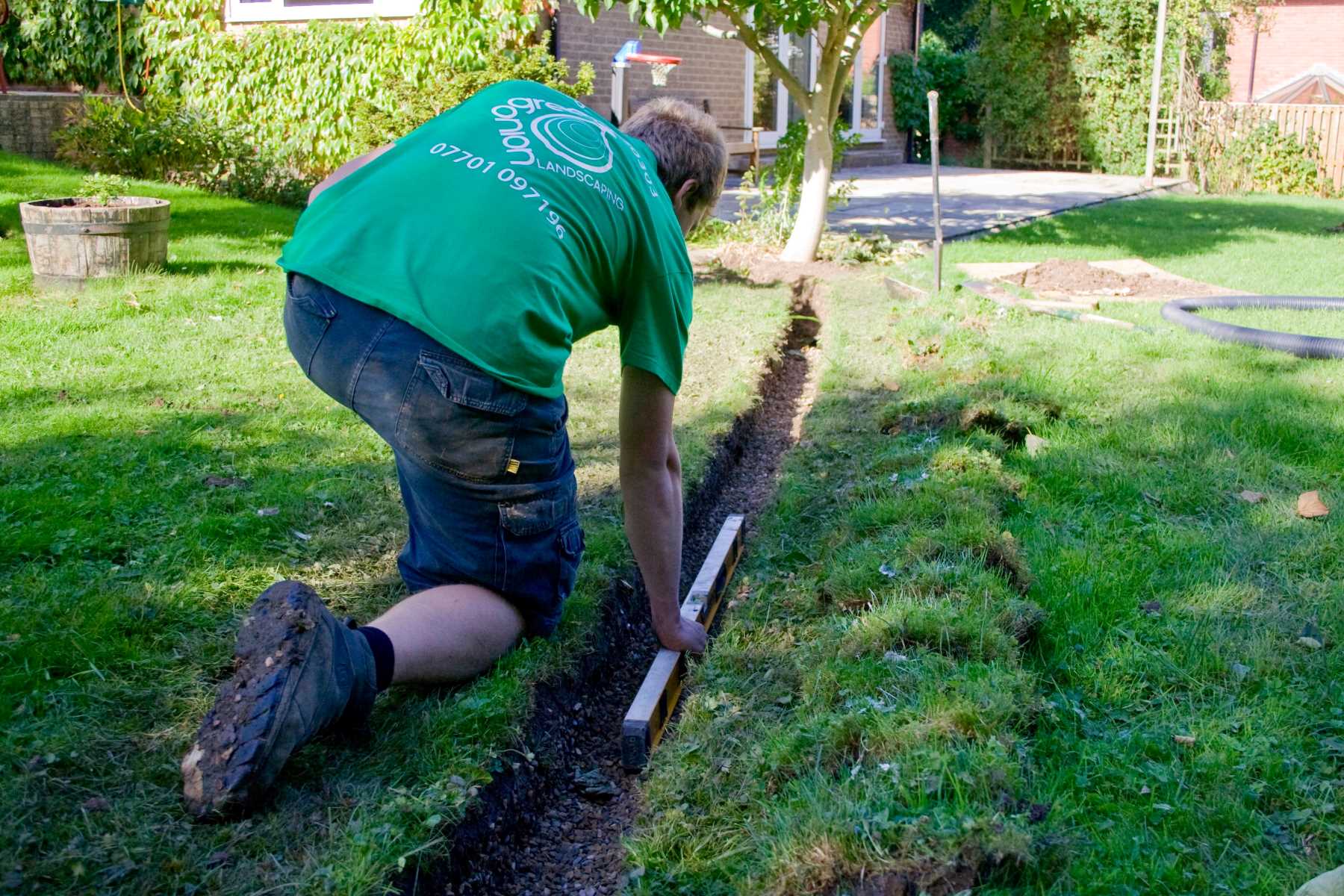
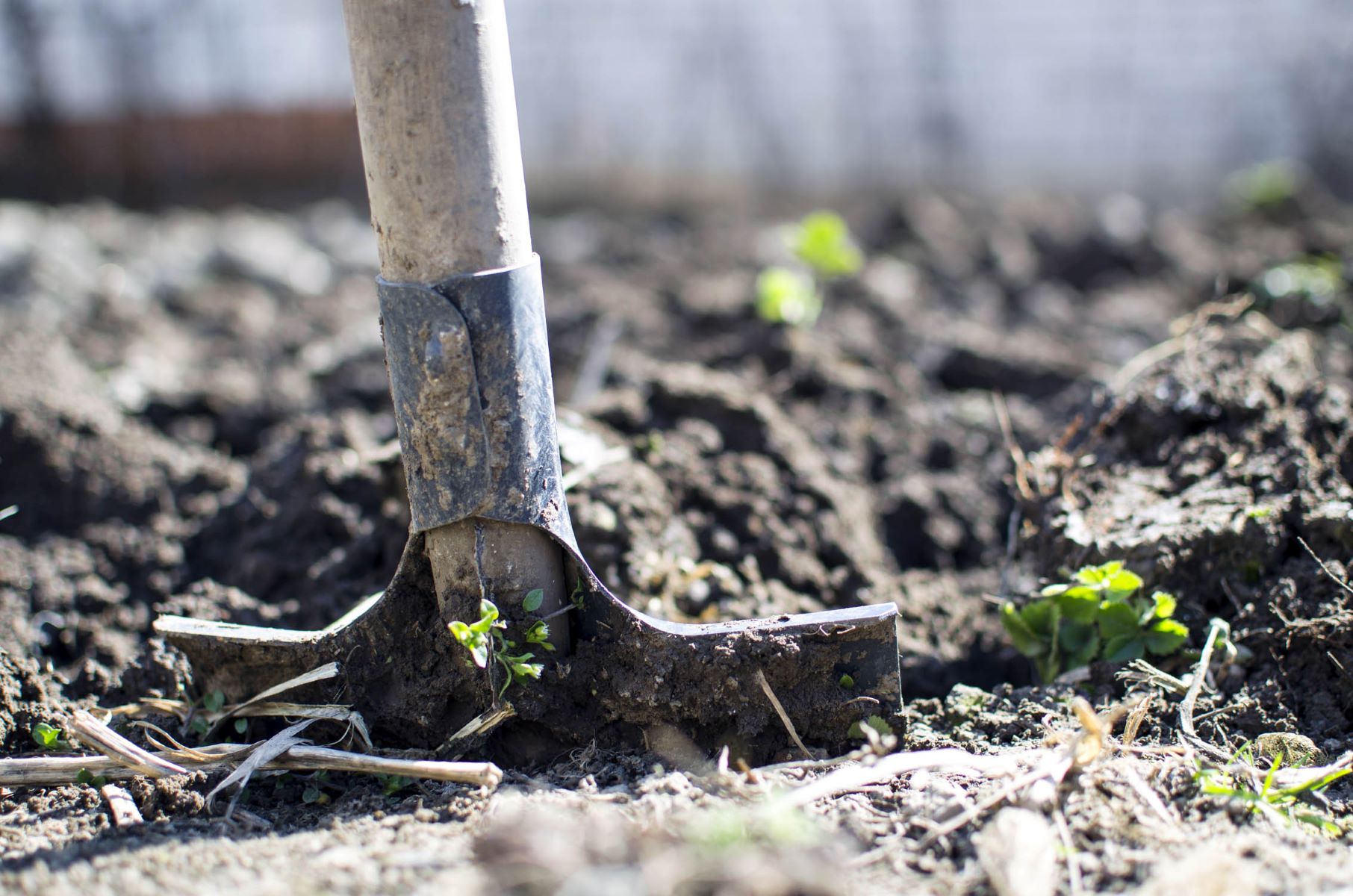
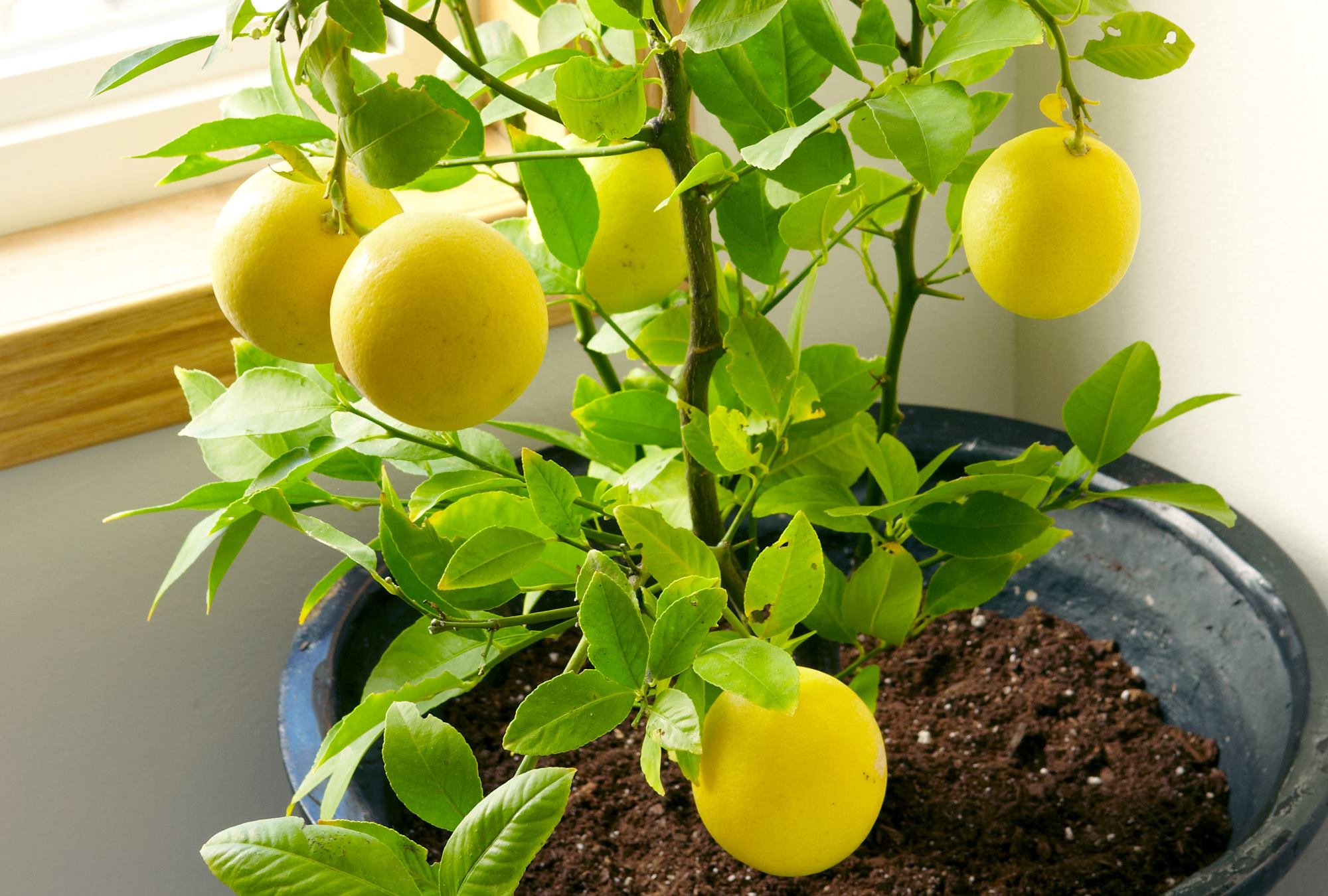
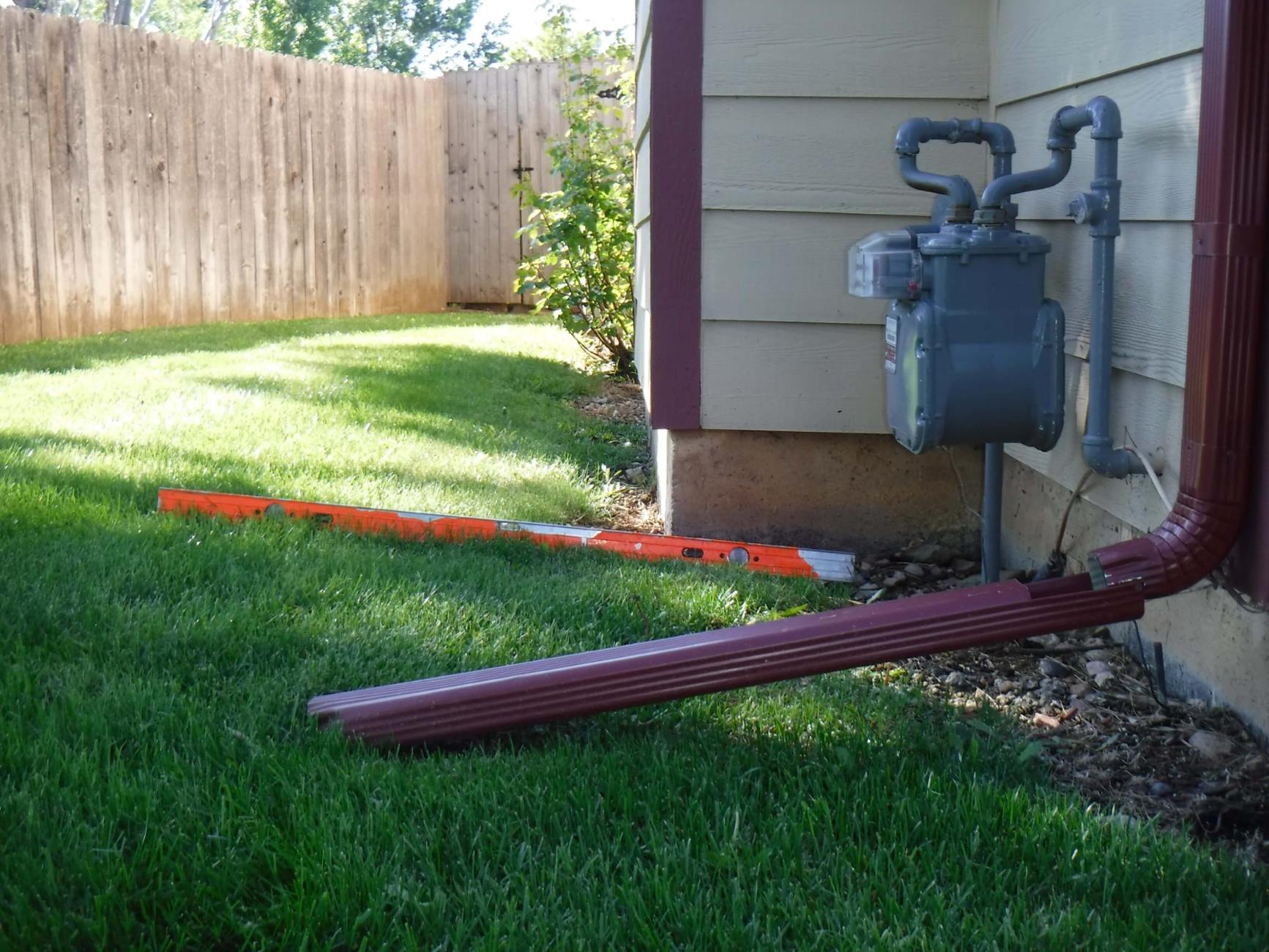
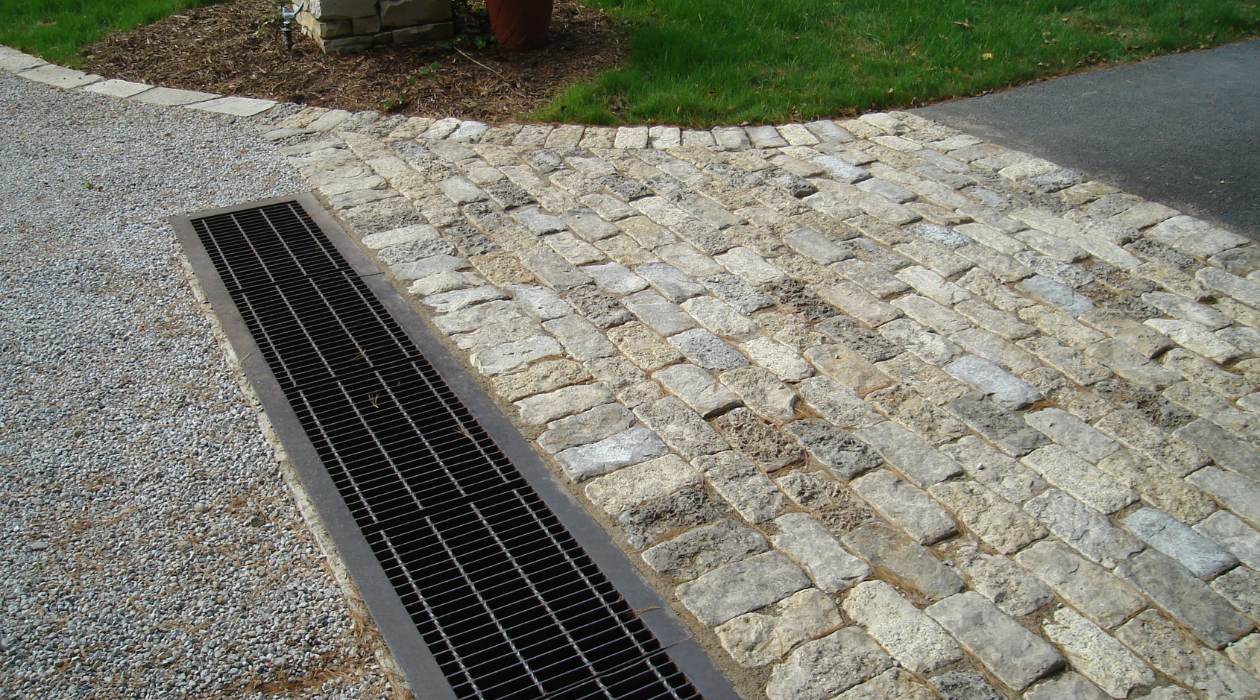
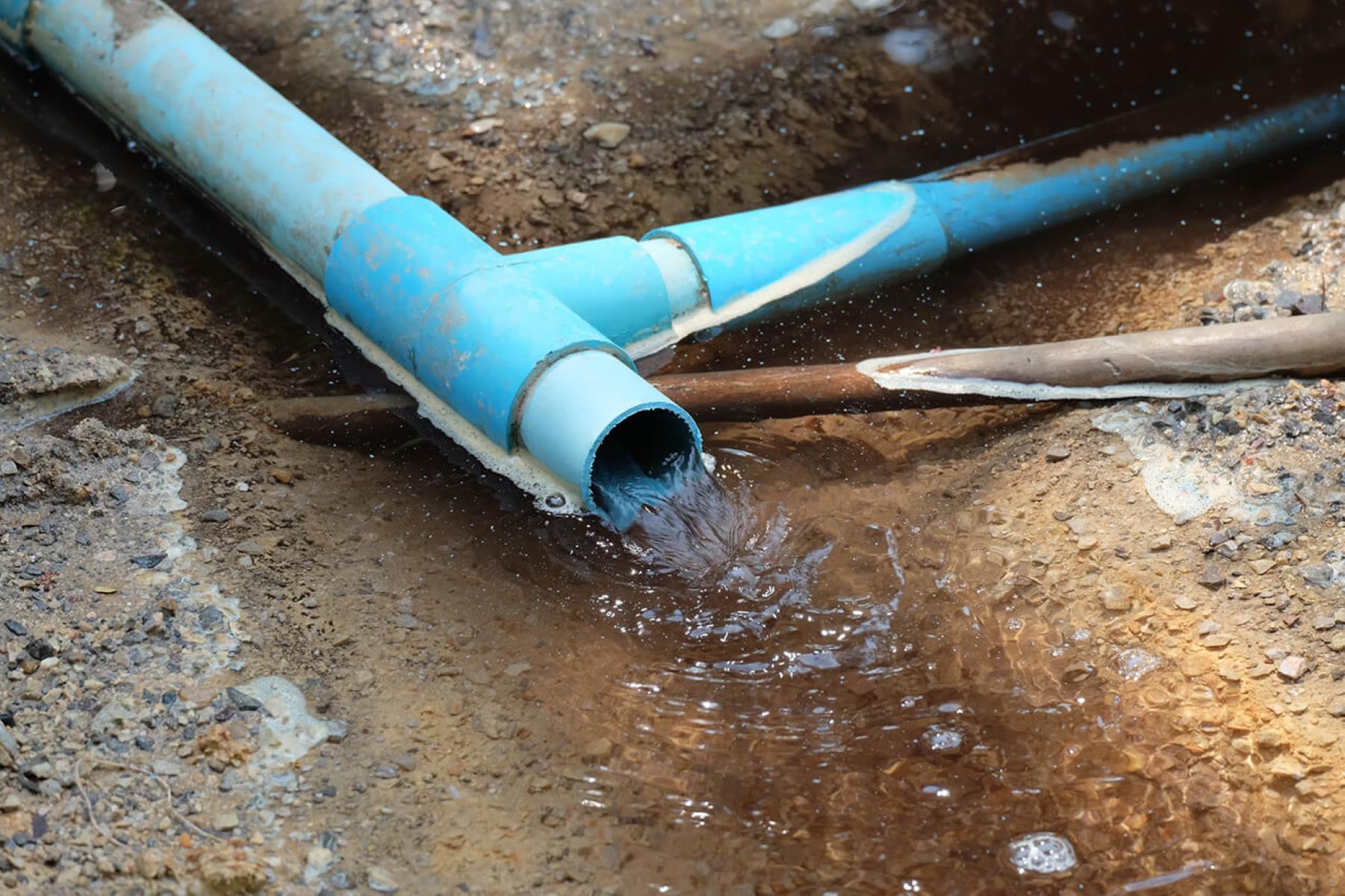
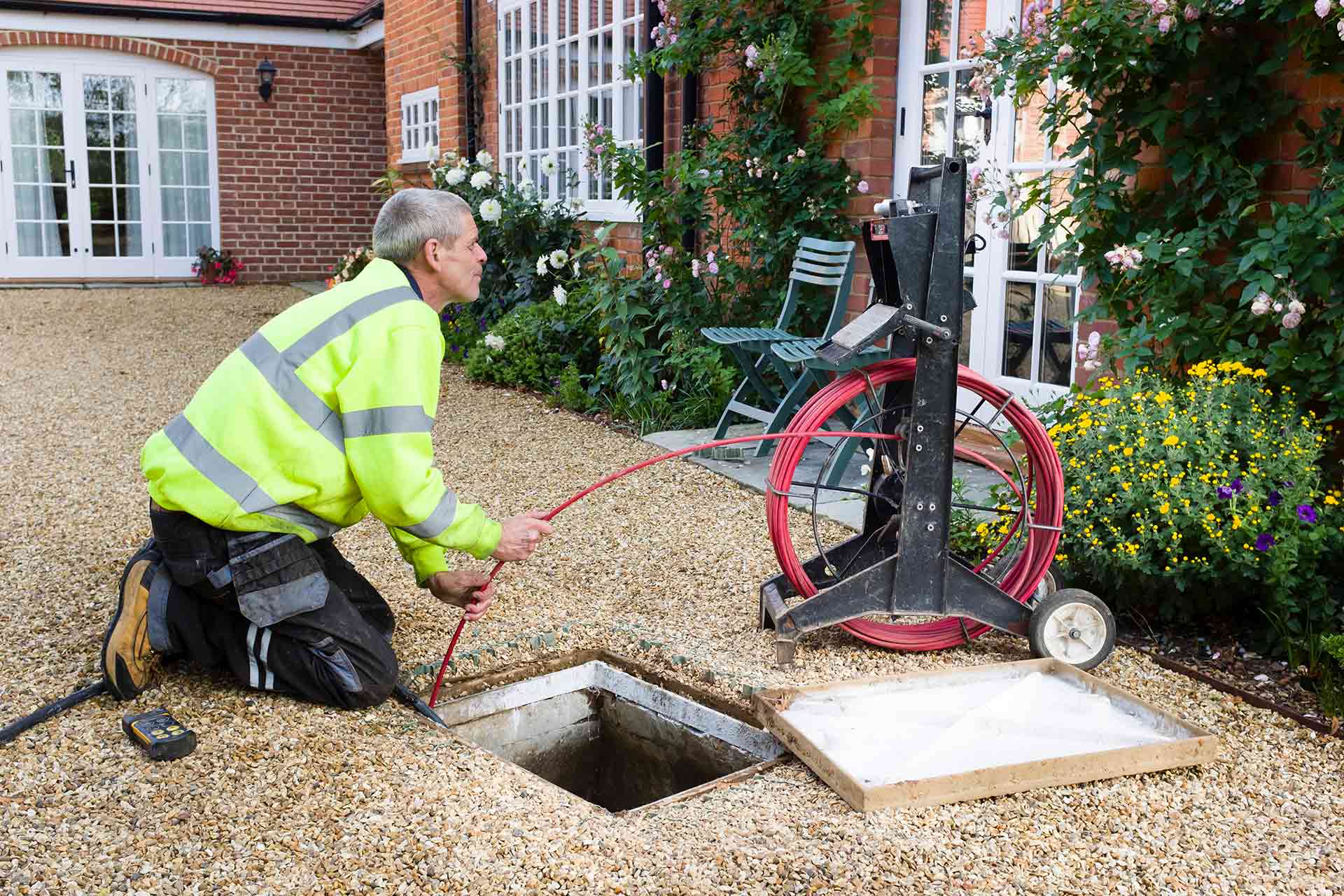
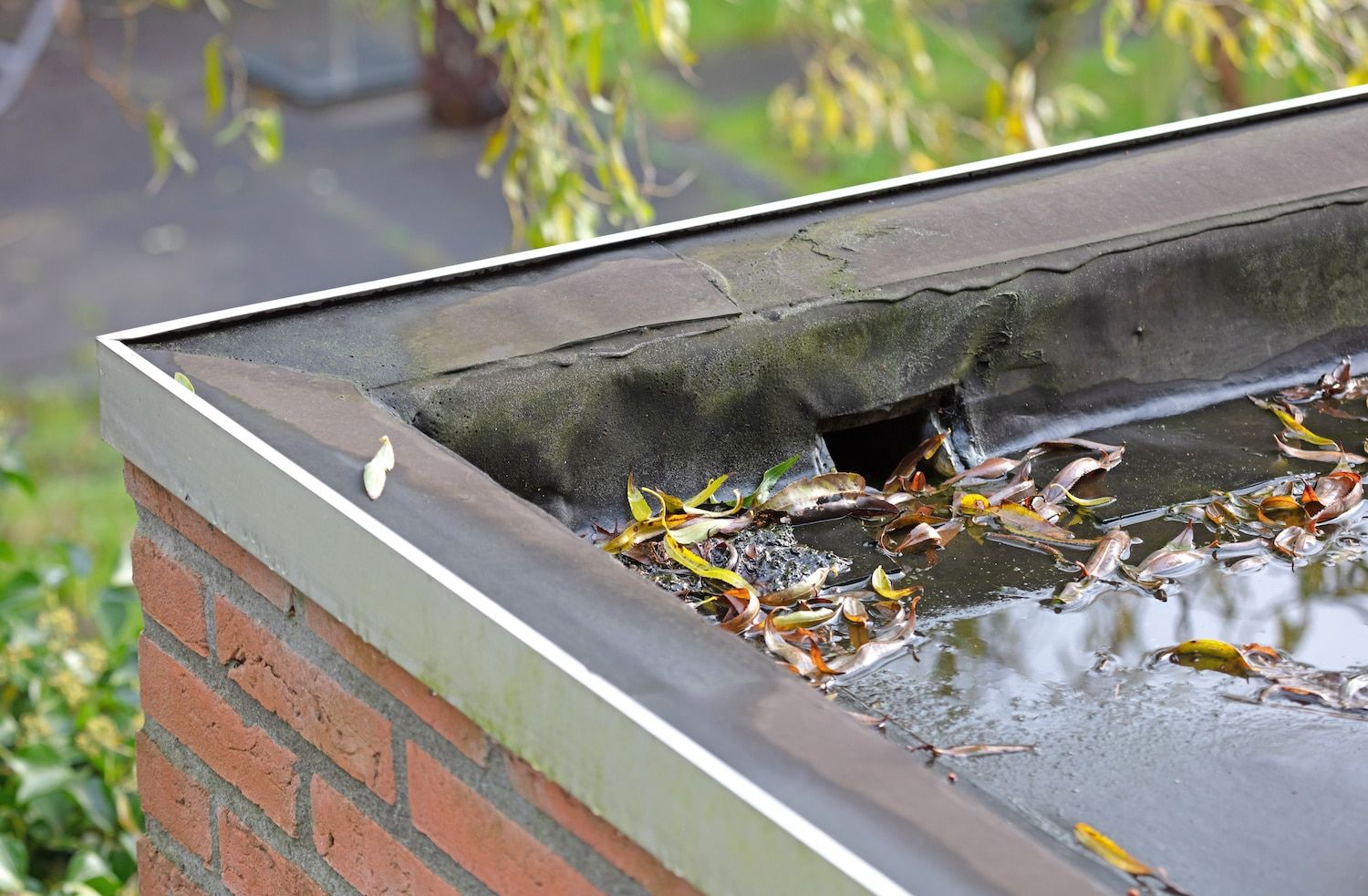

0 thoughts on “How To Improve Garden Drainage”